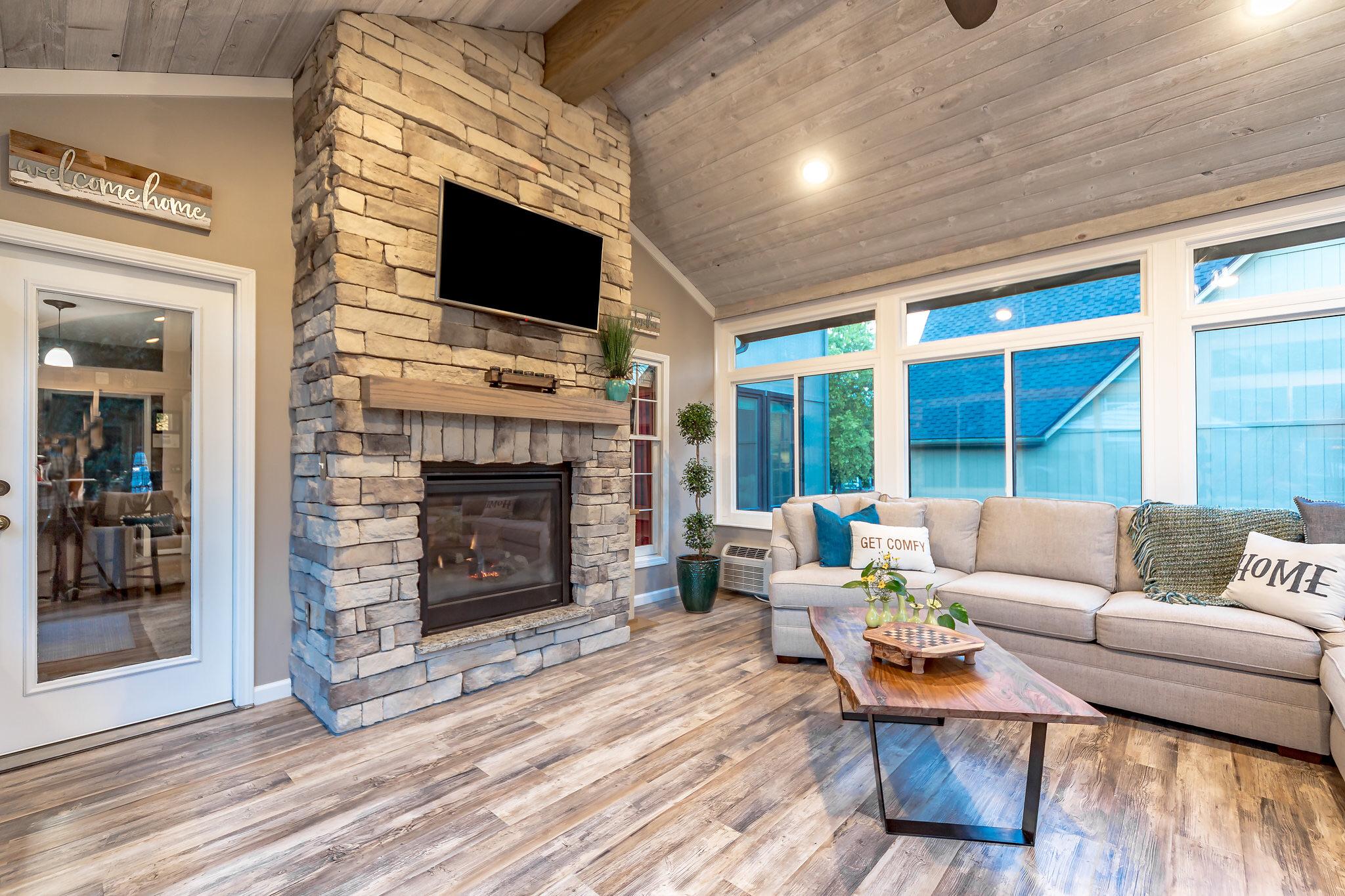What are our Sunroom’s Made of? The LivingSpace Demo Kit
At LivingSpace, we create premium, energy-efficient sunrooms that you can use year-round. We do this by using the most innovative materials in the industry. In this demo kit walk-through video, our Director of Marketing, Trevor Calero, showcases our pioneering technologies in the same way our Premier Partner dealers will during your design consultation. LivingSpace's Demo Kit https://www.youtube.com/watch?v=7YR24BdIAn4&t=111s Floor At the beginning of construction, a floor starter secures the sunroom to your home. We designed a patented floor starter made from sturdy vinyl-fiberglass composite. By using this building material, our starters create vastly stronger structures when compared to the thin U-shaped floor starters commonly used in the sunroom industry. Walls Once the floor starter is assembled, our certified installers start constructing the framework of the sunroom. They use our robust main post which is also reinforced with fiberglass. By using fiberglass in the main post, we create an energy efficient sunroom without needing the ineffective thermal break that aluminum posts require. Our main post also includes an electrical raceway making it fast and easy to install electrical wiring. Main Key Our patented Main Key, made from AmilanⓇ, fastens the main posts to the floor starters. The Main Key is one of the greatest advantages to a LivingSpace sunroom, as it attaches the main post and floor starters together internally. This creates a refined sunroom void of visible screws. Additionally, attaching the screws from the inside makes them immune to the elements. In contrast, visible screws need constant maintenance, as they expand, contract, and back out of their holes as the weather changes. Half Key We have designed a Half Key to function similarly to the Main Key and attach the corner pieces to the floor starter. Because of this technology, we are able to seamlessly design around corner walls to offer…










